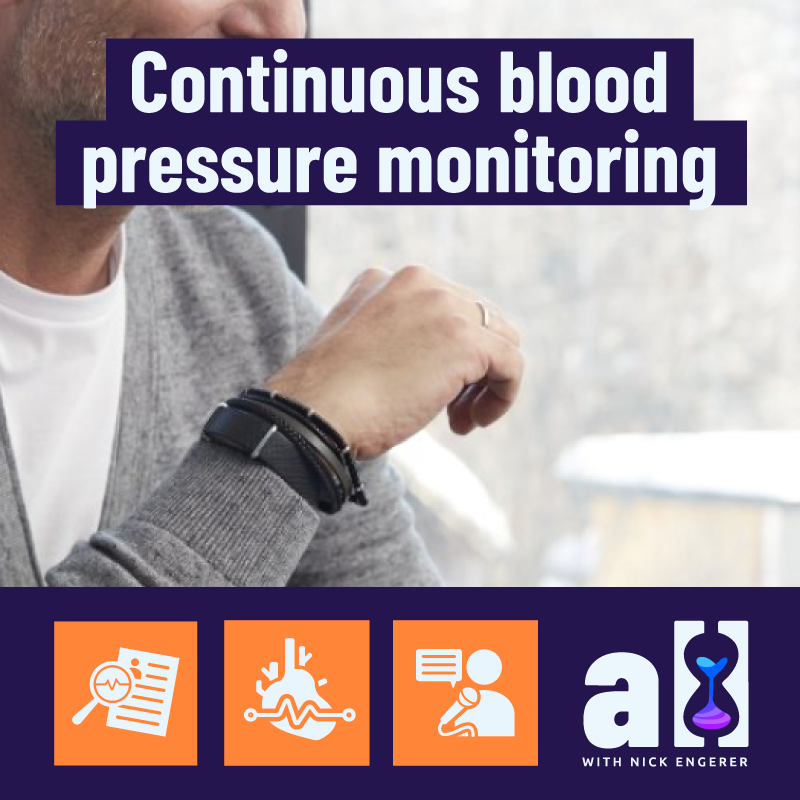
Wearable continuous blood pressure monitor technology is finally here

Adding Colon Cancer Screening to Your Longevity Strategy
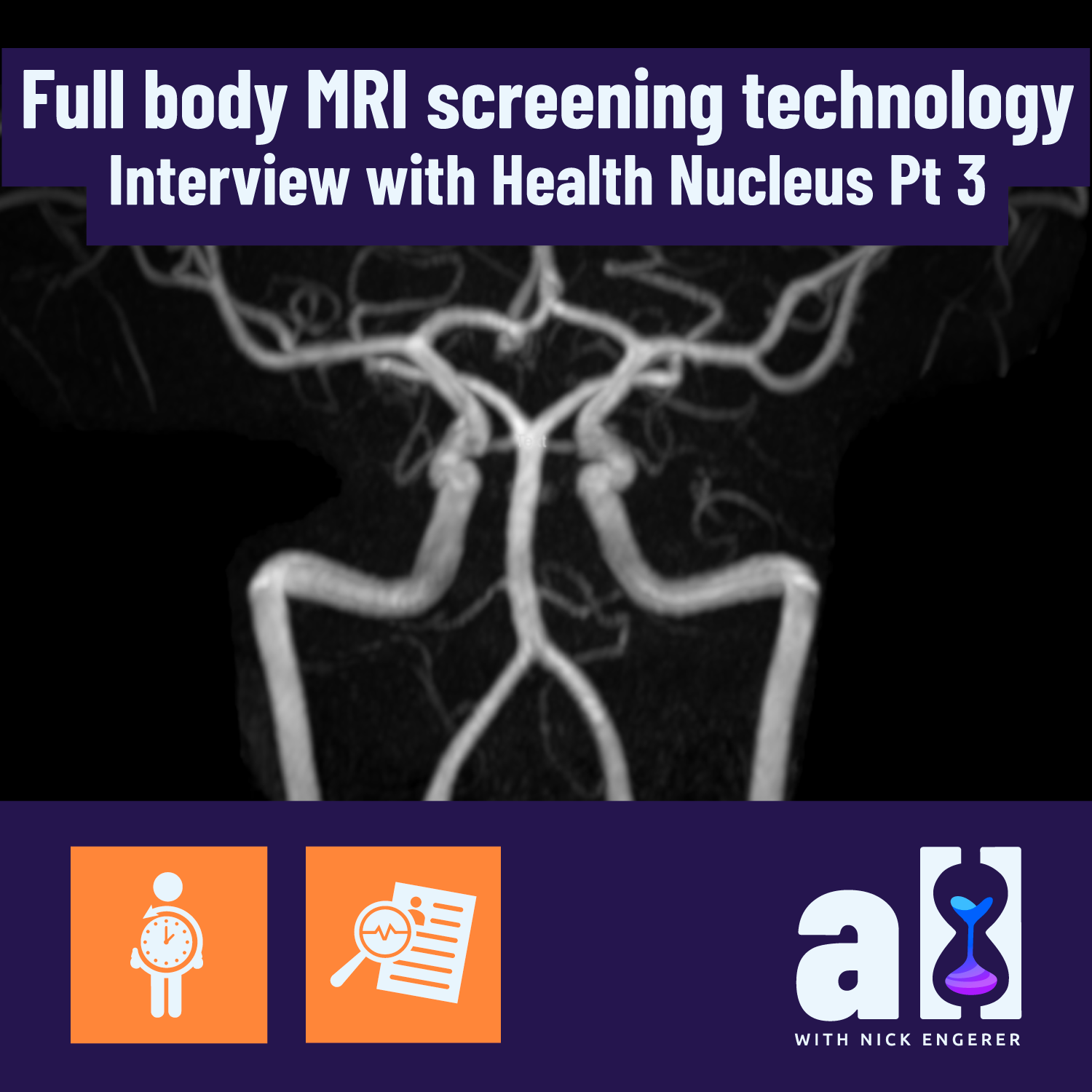
Full body MRI screening technology - Interview with Health Nucleus Part 3

Screening for cardiovascular disease with MRI and CAC - Interview with Health Nucleus Part 2

Early cancer detection and big data - Health Nucleus interview Part 1

Four tools for managing cardiovascular disease risk
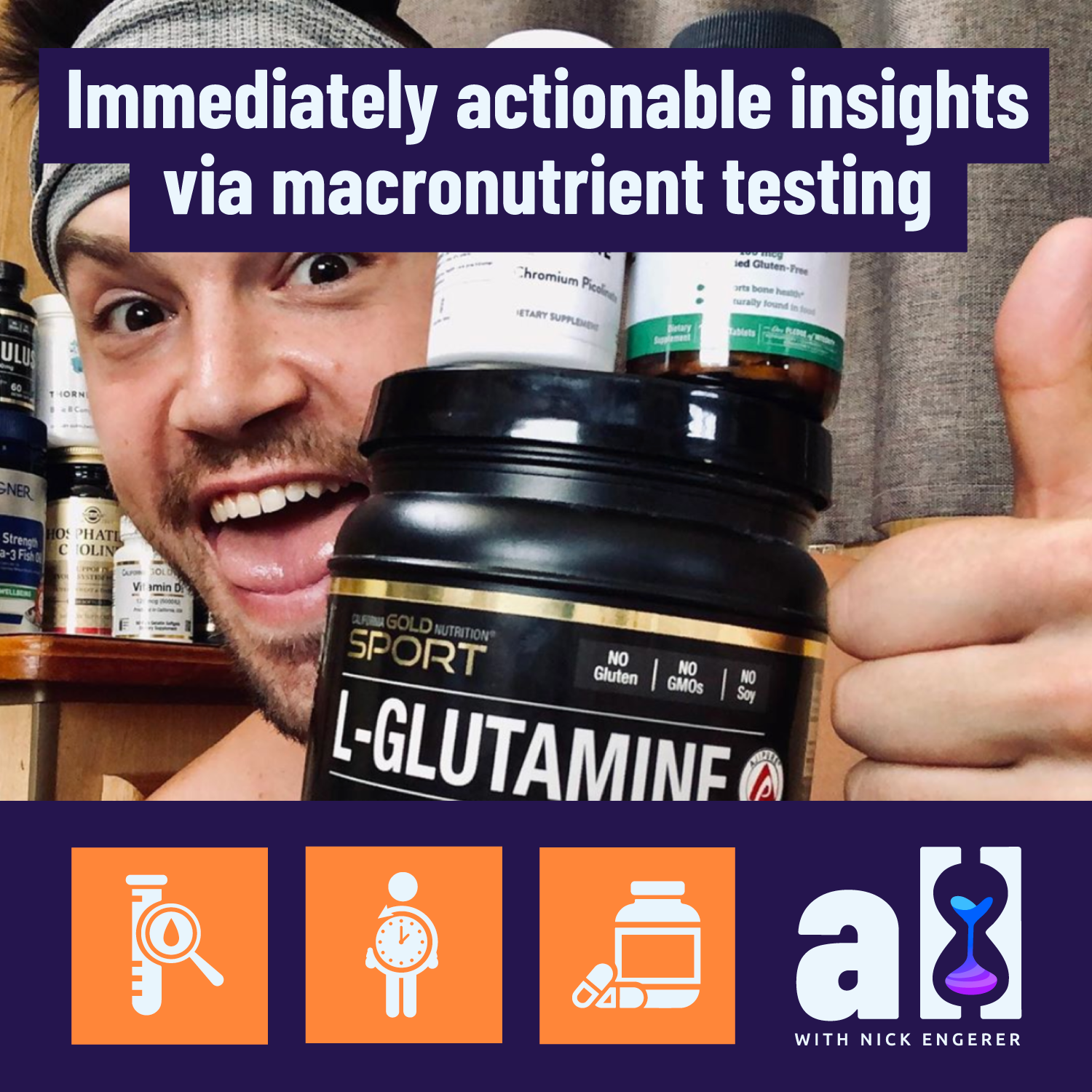
Immediately actionable insights via micronutrient testing
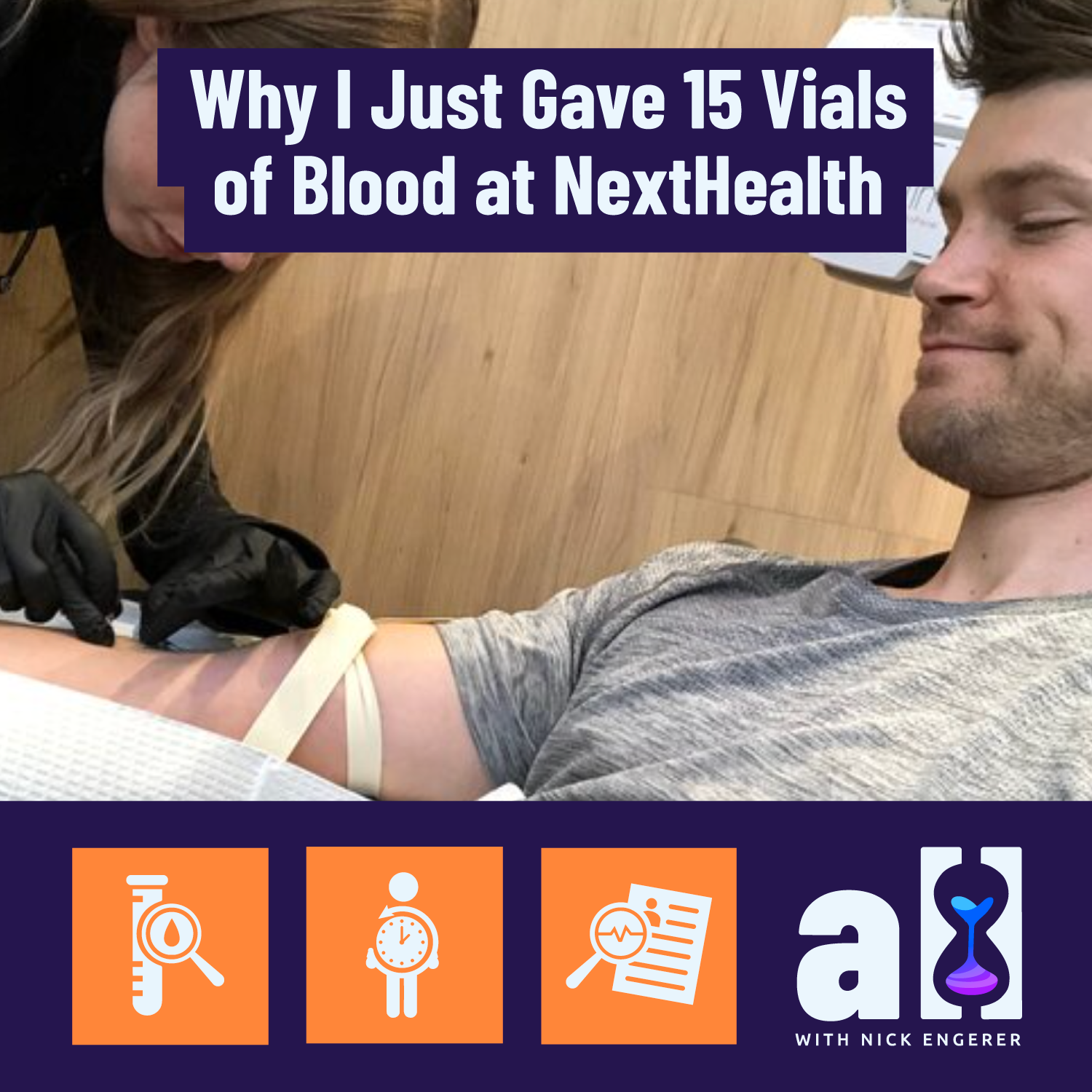
Why I Just Gave 15 Vials of Blood at NextHealth
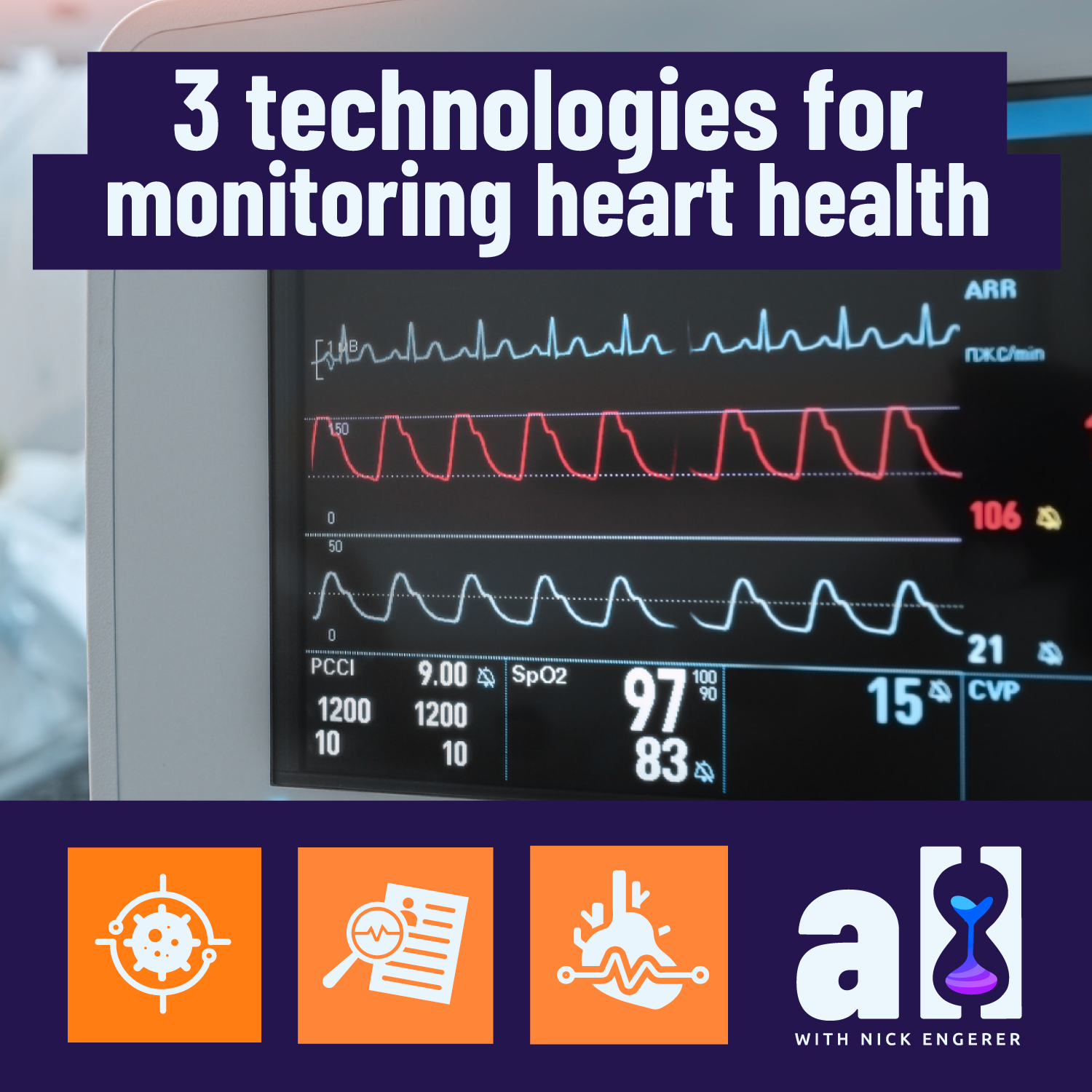
3 Technologies for Monitoring Heart Health
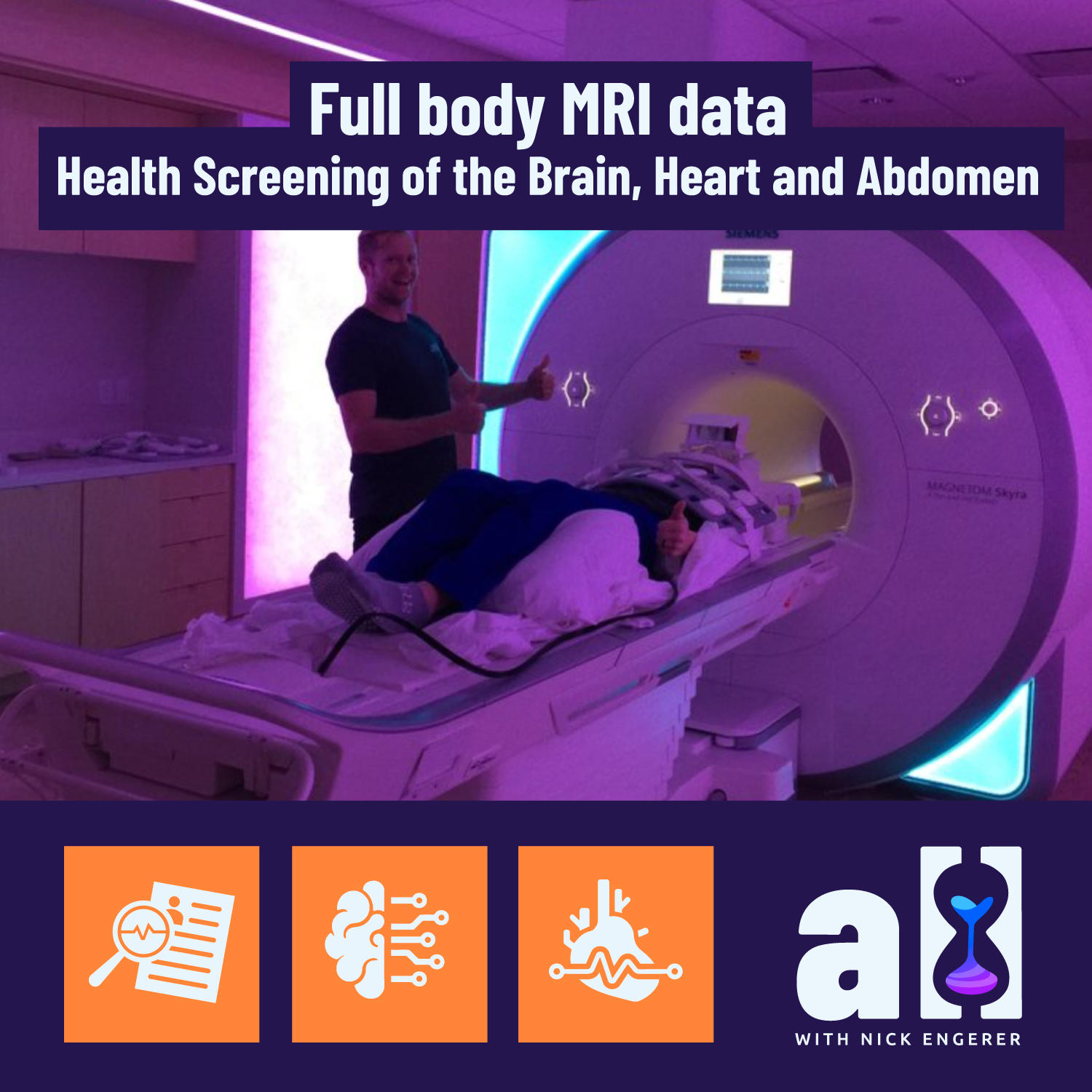
Full body MRI data: health screening of the brain, heart and abdomen
What is a 3D full body MRI and what did I learn from completing one at the Health Nucleus in San Diego?


